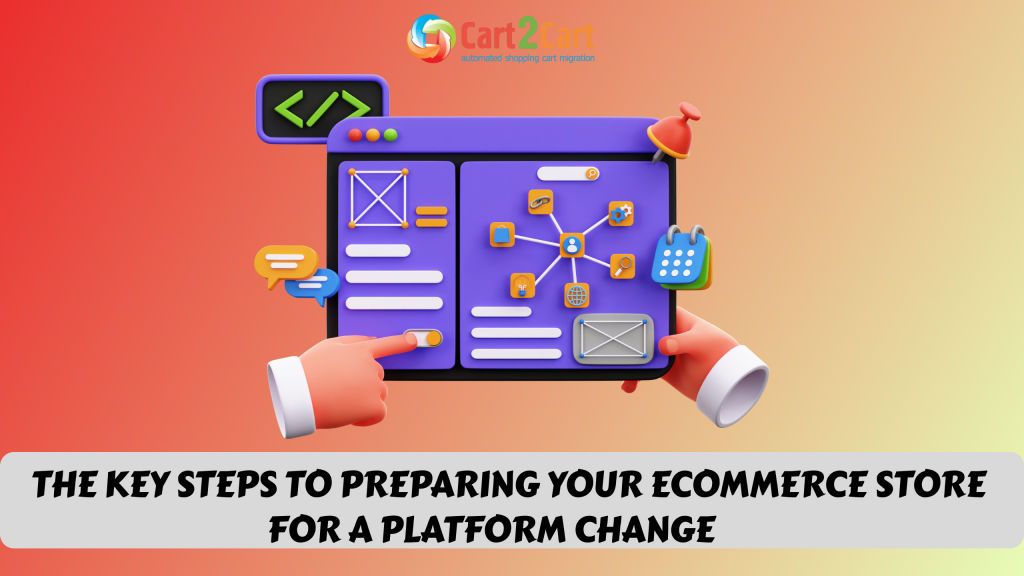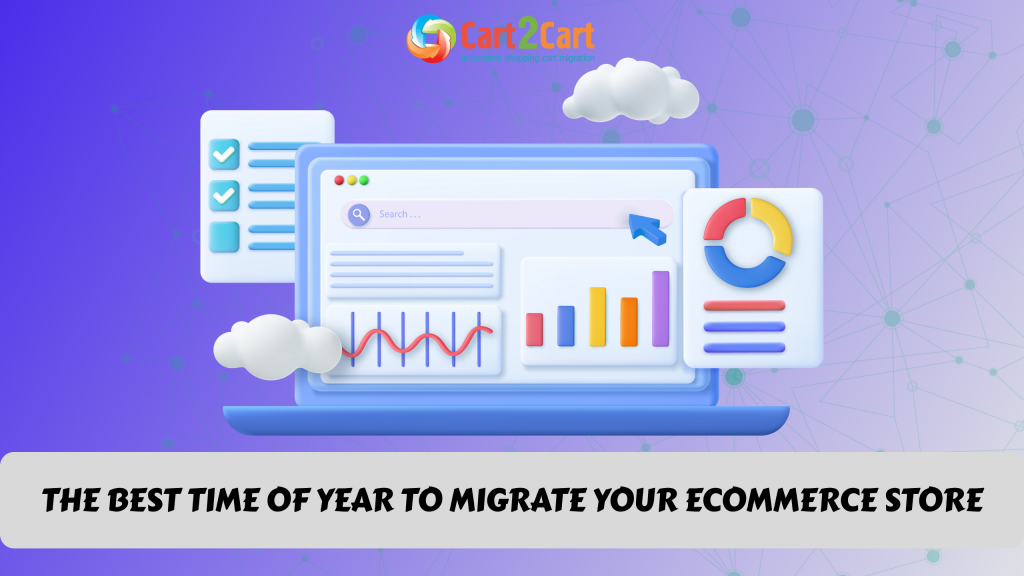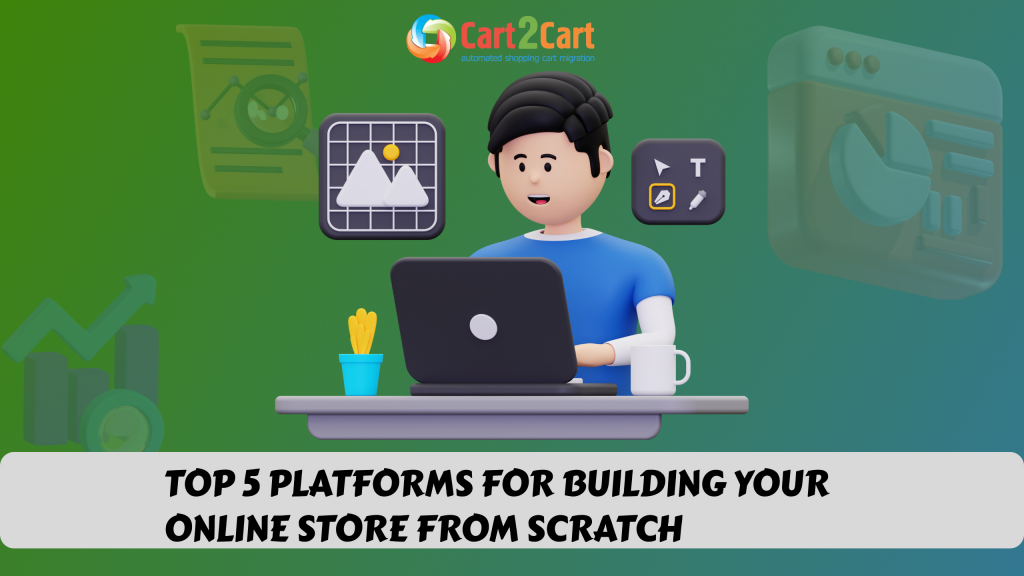
Migrating your eCommerce store to a new platform can be a game-changing decision, but it requires careful preparation to ensure a smooth transition. Whether you’re switching to a platform with better features, lower costs, or enhanced scalability, taking the right steps beforehand will minimize disruptions and protect your business. In this guide, we’ll walk you through the key steps to prepare your eCommerce store for a platform change.
1. Define Your Migration Goals
Before making a move, clearly define your reasons for switching platforms. Common goals include:
- Improved performance (faster load times, better uptime)
- Better scalability (handling more traffic and products)
- Enhanced features (more integrations, advanced marketing tools)
- Lower costs (better pricing structure for your business model)
Understanding your goals will help you choose the right platform and prioritize necessary features.
2. Evaluate Potential Platforms
Not all eCommerce platforms are created equal. Research and compare options such as Shopify, WooCommerce, Magento, BigCommerce, and Wix to determine which best fits your business needs. Key factors to consider include:
- Ease of use
- Customization options
- Payment gateway integrations
- SEO and marketing tools
- Inventory management capabilities
3. Conduct a Data Audit
A successful migration starts with a thorough data audit. Identify and categorize your store’s data, including:
- Product data (titles, descriptions, SKUs, images, variants)
- Customer information (names, emails, order history)
- Order history and transactions
- Content pages and blog posts
Clean up outdated or unnecessary data before migration to prevent clutter in your new store.
4. Backup Your Store Data
Always create a full backup of your store before starting the migration process. This includes exporting:
- Product catalog
- Customer database
- Orders and invoices
- Website content and images
Having a backup ensures you have a failsafe in case of any migration errors.
5. Choose the Right Migration Method
There are different ways to migrate an eCommerce store:
- Manual Migration: Exporting and importing data manually (time-consuming and risky)
- Using a Migration App or Service: Platforms like Cart2Cart automate the process, ensuring accuracy and speed.
- Hiring a Developer: If you have a complex store, working with a developer may be necessary.
For most businesses, using an automated migration tool like Cart2Cart is the most efficient and secure option.
Preparing for a Platform Change?
Make your eCommerce migration smooth and stress-free with Cart2Cart! Transfer your products, customers, and orders automatically—no downtime, no data loss. Start your seamless migration today!
TRY IT FREE
6. Test the Migration with a Demo
Before moving your entire store, perform a demo migration to:
- Check if all data transfers correctly
- Test store functionality (checkout, navigation, product pages)
- Identify any missing or broken elements
This step helps avoid unexpected issues during the full migration.
7. Set Up and Optimize Your New Store
Once migration is complete, fine-tune your new platform by:
- Customizing the store design to match your branding
- Configuring payment and shipping settings
- Setting up SEO-friendly URLs and meta tags
- Testing checkout processes to ensure smooth transactions
8. Inform Customers About the Migration
A platform change can impact your customers. Keep them informed by:
- Sending an email notification about the migration
- Highlighting new features and benefits
- Addressing potential login or account changes
Clear communication reassures customers and maintains trust.
9. Monitor Performance and Fix Issues
After migration, closely monitor your new store’s performance:
- Check website speed and responsiveness
- Track SEO rankings and traffic changes
- Resolve any broken links or missing data
- Collect customer feedback for improvements
Conclusion
Switching to a new eCommerce platform doesn’t have to be stressful. By following these key steps—defining goals, auditing data, choosing the right migration method, and testing thoroughly—you can ensure a seamless transition with minimal disruptions.
With Cart2Cart, you can simplify the process and migrate your store effortlessly. Try a free demo migration today and take your business to the next level!


 March 31, 2025
March 31, 2025 


